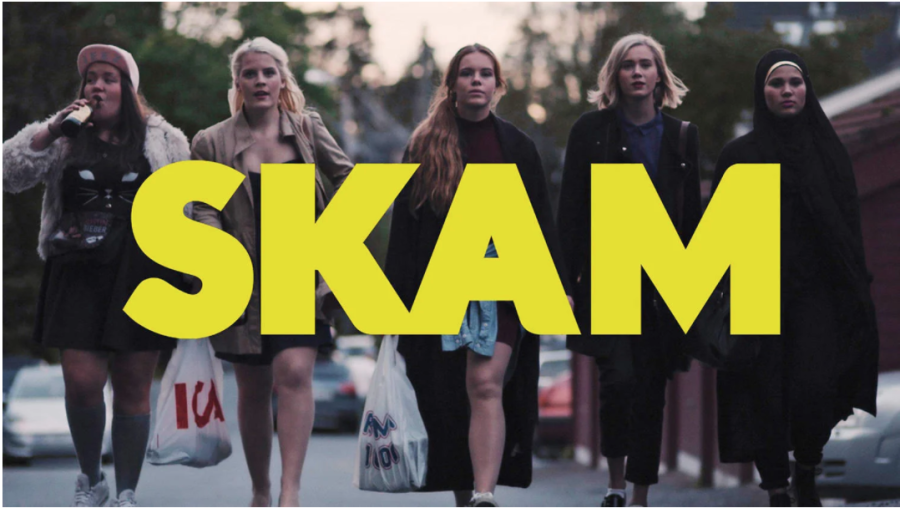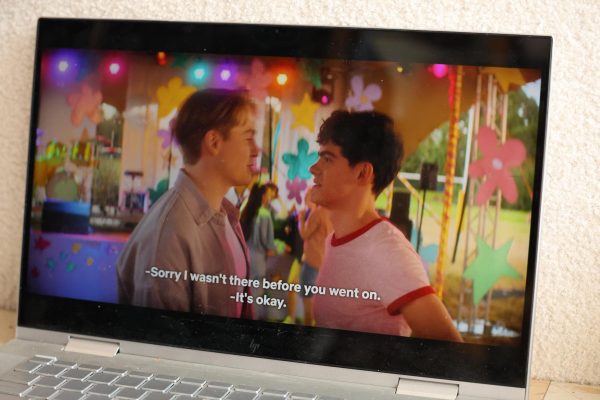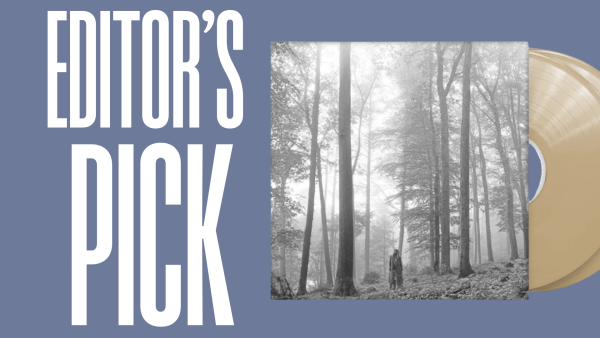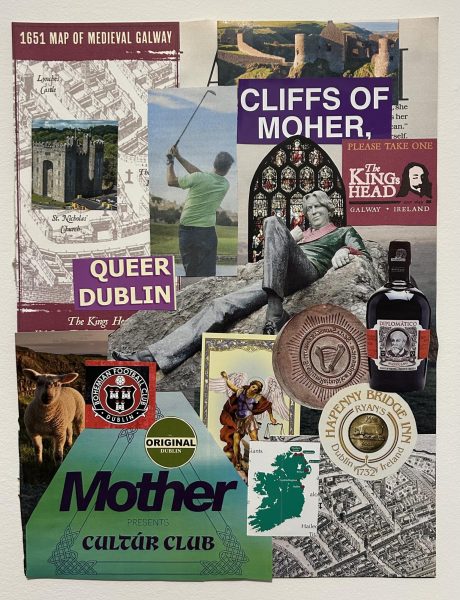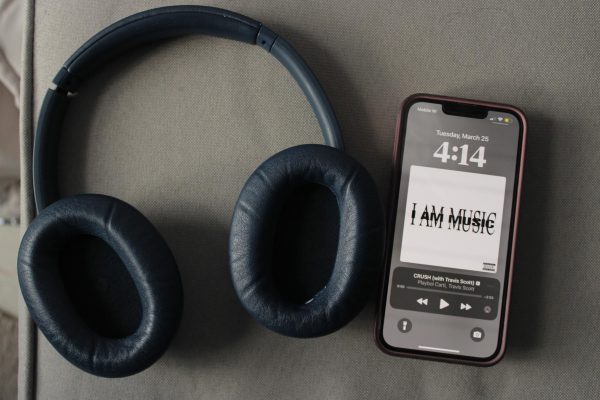“Skam:” A Norwegian Teen Drama Gone International
In my lifetime, I have watched countless television shows and movies trying to depict the life of teenagers, but each fails miserably. Most renditions of teenage life on the screen tend to be dramatized, simplified or even dull. When I was in high school, I constantly looked for media that would accurately portray my life and how it felt to be a teenager. And that’s how I originally stumbled across the Norwegian teen drama “Skam.”
“Skam” is set in a Norwegian high school and follows a few main characters, with every season depicting the specific story of one character. The overarching plot of “Skam” focuses on a group of high schoolers raising money to go on “russefeiring,” a Norwegian tradition where students in their final semester of high school buy or rent a bus and throw continuous parties on it. Alongside that ongoing conflict, the show’s plotlines are not particularly innovative or exciting. The writing is not groundbreaking either — the show didn’t even have a solid script. The actors were encouraged to go off script and contribute to building their characters.
What makes “Skam” unique is its extreme focus on characters and the fact that the entire show is an immersive experience. Each “Skam” character had their own Instagram account run to look like it was a real person’s account. The show’s episodes were released through 10-minute segments which were posted on a website in real-time. For example, clips of the characters at school would be posted during school hours. If there was a party happening at 9 p.m., then a clip of the party “dropped” at 9 p.m.
Unlike many other shows that I’ve seen depicting teenage life, the characters on “Skam” are imperfect. They struggle, make mistakes and deal with the consequences. However, the characters’ errors are not meant to teach lessons to the audience, nor are they always resolved. The characters deal with bigotry, hatred, sexual assault and sexuality crises. Unlike so many other shows in this genre, discussion and depiction of issues does not seem forced. It honestly feels like all the show’s creators wanted to communicate was “life is hard.” In the simplest way, watching “Skam” feels like watching people live their lives.
“Skam” took the world by storm. It was popular in certain groups of people and utterly unknown to others, sparking an odd subculture. People worldwide found each other online and created communities around the show. Finding “Skam” was not necessarily easy. If you didn’t live in Norway, finding the show meant combing the internet for reposted clips. Because of that, the fans represented an odd, niche group of people who felt seen by the show. People made obsessive fan art, comedy clip compilations called “Skam crack” and followed the series obsessively.
The series’ success inspired spin-offs made in other countries. The American version, “Skam Austin,” was released on Facebook TV and flopped after two seasons.
However, the show continues to thrive in Europe. There are currently versions of “Skam” in Germany, France and Italy. However, the versions set in Belgium, Spain and the Netherlands ended after a few seasons.
Honestly, I had forgotten about “Skam” until a friend and I realized over spring break that we had both watched the show. When we talked about the show, I remembered all the little nuances and how “Skam” made me feel when I watched it in high school. My high school experience was not all rainbows and butterflies. I had a handful of friends, but I struggled with social anxiety. I always felt alone, different and misunderstood. While a lot of that was me just being a dramatic teenager, it was rooted in real feelings and a lack of emotional intelligence.
Watching “Skam” was an escape and it showed me that I wasn’t alone. A lot of the characters were going through the same things that I dealt with and that I struggled to even put into words. But, because of the way the series communicated the plot, I didn’t feel influenced to act a certain way.
I have no connection to Norway, and neither do most of the people I know who watched “Skam,” yet the show still spoke to the essence of adolescence.
To this day, I have never seen a show quite like it or with the same type of fans. It just emphasizes the unique impact that “Skam” had on people. The show introduced me to new things and made me think about myself differently through the lens of the characters.
Plus, it gave me a love for Norwegian pop music.

Isabel Danzis is a senior from Bethesda, Md. She is double majoring in journalism and digital technologies and emerging media. The Ram has been a very...



































































































































































































